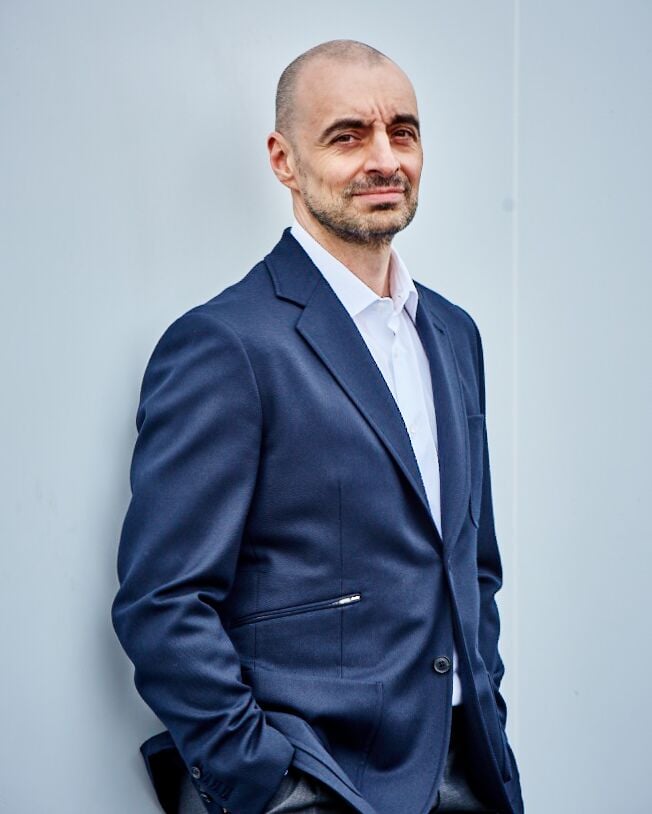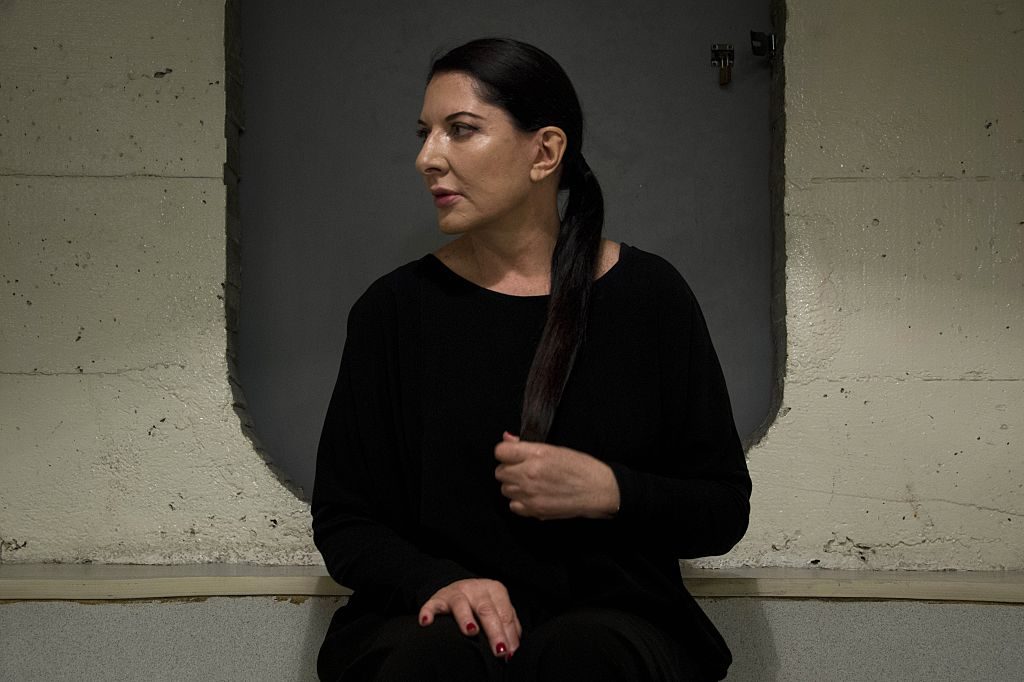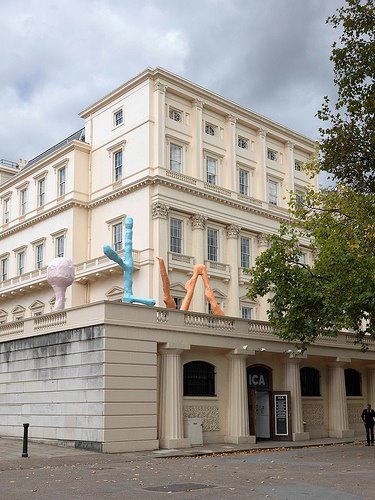Art World
Can a Domain Revolutionize the Art Market? .Art Founder Ulvi Kasimov Certainly Thinks So
Virtual real estate may present opportunities for businesses, he says.

Virtual real estate may present opportunities for businesses, he says.

Henri Neuendorf

In 2014, after recognizing the art market’s slowness to embrace technology, the Azerbaijani venture capitalist Ulvi Kasimov decided to enter the field himself with the mission of ushering in a digital revolution. How? By creating a separate online domain infrastructure—like .gov for governmental agencies, or .edu for schools—that would allow art businesses to differentiate themselves, creating a new virtual district for the art market to flourish. That year, Kasimov, himself a collector of Azeri art, paid $25 million to outbid a clutch of rivals (including a combine of eFlux and DeviantArt) to secure the rights to administer the .art internet domain, Bloomberg reported.
So far, .Art has received about 15,000 registrations, and now hosts more than 3,000 live sites. Early adopters include major museums like the ICA London, the Louvre, the Tate, and the Centre Pompidou; galleries, including blue-chip bastions like Hauser & Wirth; and artists themselves, from Banksy to Shen Wei to Marina Abramovič to Shantell Martin. Other registrants include Beyoncé, the Bolshoi Theatre, luxury brands (Chanel, Cartier, and Rolex), and the designer Steven Miller. Also on board are the tech giants Apple and Google, and financial heavyweights like Inteza Sanpaolo and Bank of America Merril Lynch.
But can the last three letters of a URL really make a difference? And how will having a bespoke internet presence dictate the direction of the art market in the future? We spoke to Kasimov to get his take.
You won the rights to administer the .art domains from the Internet Corporation for Assigned Names and Numbers (ICANN). Tell me about the bidding process, and what attracted you to invest in the online art market in the first place?
As an IT venture investor who has launched and developed a number of projects—from artificial intelligence search engines to an ecommerce company—I have always been interested in developing infrastructure because of the practical application and added value it provides.
I started analyzing various sectors lacking online infrastructure and through my art dealings I soon discovered that while technology had radically transformed daily life in most industries, the art market had been left behind. I saw the need and the opportunity for a project that could potentially bring about more freedom, increased transparency, greater choice, and build stronger community. After some deliberation and lots of research, I decided that the best way to approach the problem was through a domain-name industry.
So when I heard that ICANN, the internet governing body, was launching a program for new domain names, I applied for .art, which was the perfect focus to feed my interest in art and technology.
When the application process was completed in 2012, we found ourselves competing with nine other applicants. However, the process was well organized. We acquired .art through a private auction and since then, some of our former competitors have become our partners.

Marina Abramovic is an early adopter of .Art. Photo: NELSON ALMEIDA/AFP/Getty Images.
What is the value of a domain? Can a dedicated domain really make a difference for art businesses and institutions?
The value of the domain can be very straightforward—there is a rising trend to create websites as art objects, they are even sold at auctions. So the value of the domain will be determined by its value as an object of art.
In more traditional terms, the value of the domain is determined by social trends. Today’s world is all about identities, perceptions, and visibility. A well-chosen domain provides the registrant with all three, and .art certainly provides a very clear identity to all creative people seeking to be perceived as such on internet. A well-chosen name improves the searchability of the registrant and their websites. As studies show, the name makes a difference. In addition, domain structure also allows registrants to store their information and creative portfolios protecting their intellectual property rights. Your website is the only property approximation in the digital world.
Our registrants understand it very well. From the onset, about 30 to 35 percent of all registrations are personal identities of people and organizations, like firstnamesecondname.art and galleryname.art
Against the backdrop of rising rents and gallery closures, do you think the internet, and domains in particular, will replace art districts like Chelsea or Mayfair?
It’s like asking whether the internet is better than reality. People will always like to admire art in reality, and to have physical contact with art. The question is how the internet should help ordinary people as well as art professionals be more efficient in their dealings with art. The two main problems of the art market are low liquidity and lack of transparency. Digital solutions are set to solve these. Domains in particular will facilitate the connections between various players in the art market and help store information in the most efficient way, making it secure but accessible.

The ICA London, was amongst the first institutions to migrate its website to a .Art domain. Photo: ICA, London.
You market .Art as “the art world’s exclusive domain.” How do you balance the exclusivity of the art market with the inherent inclusivity offered by the internet?
As a piece of the global internet infrastructure, .art is set to be populated by creative individuals and communities who will identify and realize themselves through our platform. It’s designed for all creative industries: design, luxury, tech, education, health, sports, entertainment.
How do you see the online art market developing in the future?
Prior to our application, we conducted a number of market research studies in partnership with Deloitte and ArtTactic regarding the number of artists and art institutions, as well as art objects. We have initiated and received an approval from ICANN to modify the domain-name system standards so it can contain the information not only about people, but also objects. As I said before, it is important that this information belongs to the registrant only, not the operator, as is the case with other existing internet platforms, like social media or ecommerce. DNS structure opens lots of opportunities to create various object ID applications. That will be the next phase in the development of .Art.
As the art business transitions to the internet, what are some other areas where you see growth potential in the online art market?
Creative manifestations at the intersection of art and virtual reality will determine the main trends in the development of art as well as the art market. Dealers, curators, and museum workers will be concerned with how to sell, display, and conserve those new forms of art. The artists on the other hand will be developing ways to interact with viewers, while producing or displaying their art.